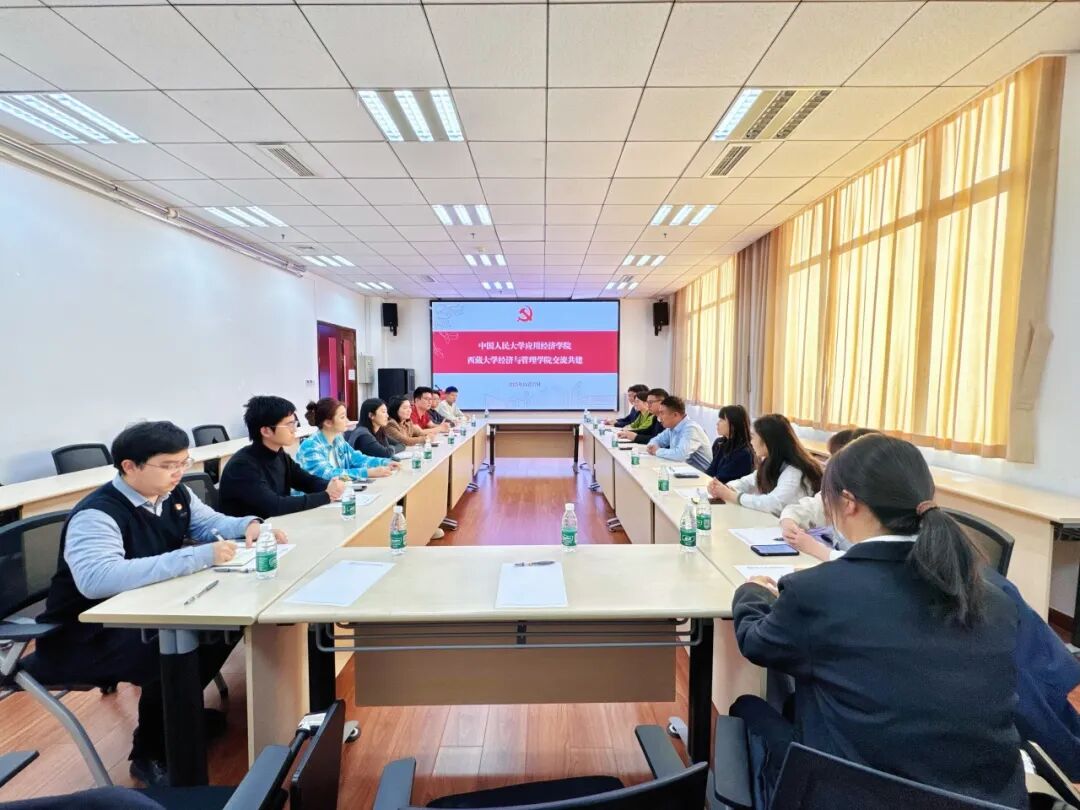
Critics from Europe and America have lobbed accusations of 'overcapacity' at China's burgeoning new energy manufacturing. However, this criticism is built on scientifically shaky grounds and fails to account for the robust global appetite for China's new energy offerings. This article will deconstruct the 'overcapacity' claim by leveraging exhaustive data and concrete real-world case studies, and explain why the world has a huge demand for China's new energy industry.
It's already a consensus that the challenges posed by climate change are intensifying globally, spurring a continuing rise in demand for new energy solutions. However, existing capacity in the new energy sector is still insufficient to effectively address the challenges posed by climate change.
Within the new energy vehicle industry, Bloomberg New Energy Finance has reported that meeting the 2°C temperature increase cap set forth in the Paris Agreement requires a dramatic scaling up of the global new energy vehicle fleet to 355 million units by 2030, with the annual sales exceeding 74 million units. However, the International Energy Agency has disclosed that as of 2023, the global inventory of new energy vehicles stood at a mere 42 million units, with the annual sales totaling approximately 13.6 million units. To align with the anticipated global demand for new energy vehicles by 2030, the industry must achieve an annual sales growth rate in excess of 27 percent, which clearly signals the necessity for ongoing expansion of the worldwide production capabilities for new energy vehicles.

A batch of new energy vehicles are ready to be exported to overseas markets at Taicang Port in Jiangsu Province, China, May 9, 2024./CFP
Similarly, the photovoltaic industry faces challenges in meeting global demands. According to calculations by the International Renewable Energy Agency, the global capacity of photovoltaics was only 1,412 gigawatts (GW) in 2023. To meet the climate goals of the Paris Agreement, the cumulative capacity of photovoltaics must exceed 5,400 GW by 2030, requiring at least 570 GW of new photovoltaic installations each year. Despite a record high of 346 GW of new installations in 2023, the current global production capacity of photovoltaic modules is still insufficient to meet future market demand.
Besides, the demand for lithium-ion batteries has also surged globally. According to reports by EVTank and EVEI Research Institute, by 2030, the demand for automotive power lithium batteries will exceed 2,100 gigawatt-hours (GWh), and the demand for energy storage lithium batteries will exceed 1,400 GWh. In 2023, these figures were only 865.2 GWh and 224.2 GWh. To meet the projected demand by 2030, the annual growth rate of automotive power lithium batteries and energy storage lithium batteries needs to exceed 13.5 percent and 30 percent, respectively.
Therefore, based on the expected global demand, the global new energy manufacturing does not face 'overcapacity', but urgently needs to expand capacity. Faced with a huge gap between supply and demand, China's new energy manufacturing industry, with its technological advantages, resource advantages and market advantages, will master a comparative advantage in the international division of labor, and will maintain the strongest competitor in the supply of new energy products.

Staff work on the production line of new energy vehicles at a workshop of Haima Motor in Haikou, China, October 11, 2022./CFP
From the technology point of view, China's new energy sector has been bolstered by substantial state investment in research and development and robust policy support, propelling it to the forefront of global large-scale production. This has driven down manufacturing costs significantly. By 2024, the cost of Chinese photovoltaic modules has plummeted to $0.15/watt, less than half of the EU's ($0.30/watt) and the U.S.'s ($0.40/watt) figures. Similarly, the average price of various types of lithium-ion batteries in China has fallen to $126/kilowatt-hour, outpacing the U.S. by 10.1 percent and the EU by 16.7 percent. These reduced prices inherently enhance the market competitiveness of Chinese products.
From the resource point of view, China's abundant new energy resources have laid a solid foundation for its industry's growth. The country's western and northern regions boasts over 2000 hours of annual sunshine, ideal for solar power generation. Additionally, China is a leading producer of rare earth elements, with reserves accounting for about 33.8 percent of the global total, and light rare earth reserves exceeding 90 percent. These elements are vital for the production of solar panels and batteries, providing China's new energy industry with cost advantages in international competition.
From the market point of view, China's vast domestic needs have allowed it to claim the title of the world's largest new energy market since 2015. By 2023, the nation's newly installed photovoltaic capacity topped 216.88 GW, exceeding half of the global total, and its cumulative capacity of 609.35 GW accounted for 43 percent of the worldwide figure. Moreover, China's fleet of new energy vehicles reached 21.8 million units, making up over 54 percent of the global stock and setting a world record. This expansive home market has provided a solid base for the new energy industry's growth, offering firms the chance to apply and validate their technologies in real-world settings.
In summary, the global demand to address climate change highlights the vast demand potential of the new energy industry. From the perspective of international division of labor and China's comparative advantage, the expansion of China's new energy industry through exports will make significant contributions to the global transition and development in adapting to climate change.
作者:郭伯威等
单位:中国人民大学应用经济学院
来源:CGTN
设计 责编:朱雪瑶 马文林
审核:郭伯威 浩爽
相关新闻
-

应用经济学院师生赴通州大运河开展实践研学
2025/12/11
-

中国人民大学应用经济学院和西藏大学经济与管理学院开展联学共建暨党建经验交流活动
2025/12/11
-

学习贯彻党的二十届四中全会精神,应用经济学院教授开讲!
2025/12/10
-

强国一代有我在!应用经济学院学子唱响《先锋·人大组歌》
2025/12/10



